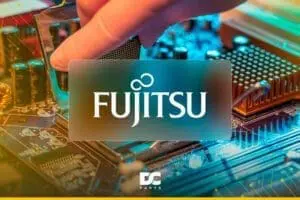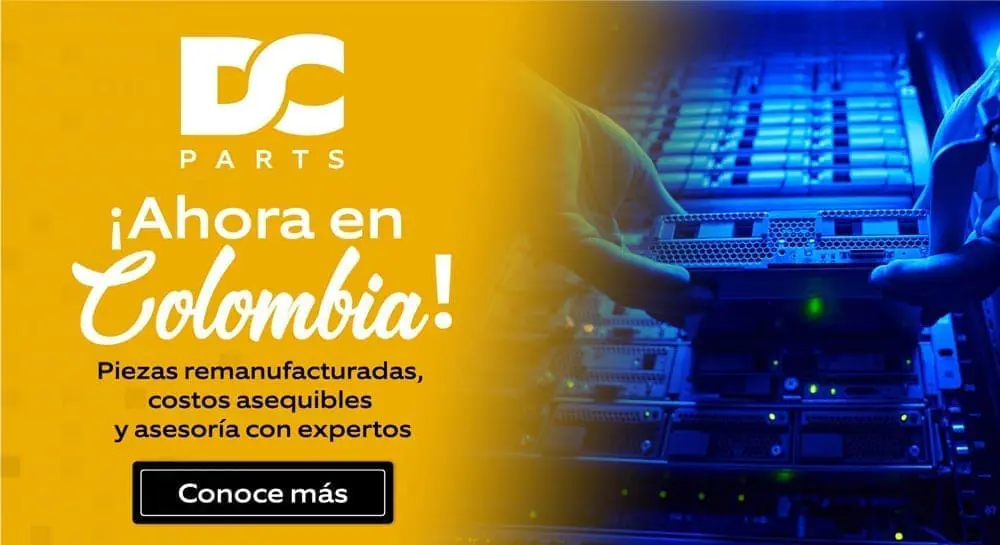When the Data Center warranty expires, the organization’s IT department is vulnerable. Firstly, because every day the chances of equipment (assets) failing; but also because, if this happens, the losses will be enormous.
So, in this article we will show you the options of what to do when the data center warranty expires, including the advantages and disadvantages of each. Follow along.
Renew the data center warranty by OEM
If the OEM (Original Equipment Manufacturer) offers warranty renewal, this seems like the obvious choice. However, the cost can be inflated in an attempt to sell you new equipment.
It is immediately thought that the newer a piece of hardware is, the better. But this does not always become something really advantageous for the company, especially considering the high cost of implementing modern equipment.
In addition, the original manufacturer tends to charge more simply for being the “owner” of the project, that is, considering only brand issues.
Invigorate data center assets
Instead of extending the full warranty for a few more years, there is the option of replacing only equipment whose warranty has expired. That way, you avoid spending money on unnecessary hardware replacement and still keep the entire data center modern and secure.
It turns out that this option also requires considerable capital, as modern hardware is more expensive. In addition, it is necessary to weigh the costs of data migration, which must also be done by a qualified professional.
Internal hardware maintenance
With the warranty expired and the decision made not to renew with the manufacturer, there is the option of doing this maintenance “at home”, that is, by the company’s professionals. They will be responsible for monitoring all assets and making preventive adjustments.
On the one hand, there is the advantage of not maintaining ties with the manufacturer, which, as we have shown, tends to charge a lot to extend the warranty. On the other hand, however, there is the fact that the employees in charge of such a task need to be, non-negotiably, well trained, after all, the intention is not to depend on the OEM.
By market logic, the better trained a professional is, the higher his salary. In addition, it will be a waste to add a high-level person like this and not provide him with access to a plentiful spare stock.
So, depending on the level of complexity of your data center, opting for in-house hardware maintenance for financial reasons may not be advantageous.
External hardware maintenance
Also known as TPM (Third-Party Maintenance), this option recruits experts to extend the life cycle of hardware. This is usually a low-cost service model.
This service can be provided through the one-off replacement of an asset or by the recurring preventive maintenance service. In other words, the last option becomes an outsourced extension of the warranty, eliminating the need to hire specialized employees.
How to make a good choice
You have these options above to consider, but if you’re still in doubt about which one is best, you need to take an inside look. That way, by looking with a magnifying glass at the company’s needs, you’ll know what will work best for it.
Do you want our help in this process? Contact us or fill out the form below to find out details of solutions for your data center!







